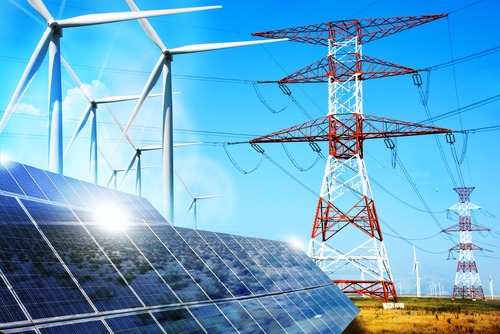Dominion Energy Virginia files plans for phase II of Grid Transformation Plan

Dominion Energy Virginia is looking to begin the second phase of its Grid Transformation Plan, part of a 10-year effort to make the grid “smarter, stronger, and greener.”
The company filed a proposal with the State Corporation Commission (SCC) that outlines its phase II plans, which call for a $669 million capital investment for 2022-2023.
“As a society, electricity plays a more prominent role than ever in our everyday lives, whether we’re powering businesses and essential service providers, working or learning at home, or charging our electric vehicle,” Ed Baine, president of Dominion Energy Virginia, said. “And as we bring more renewable energy onto our distribution grid to build a cleaner future, we must modernize the way the system works, including adding new capabilities. We must act now and remain agile to deliver the reliable, affordable, and increasingly clean energy that our customers want and expect.”
Phase 1 of the plan is currently underway. It includes activities to enhance the reliability and security of the distribution grid and to develop a new customer information platform that enhances service to customers.
Phase II invests in initiatives to optimize the integration of distributed energy resources (DERs), such as small-scale solar, wind and energy storage facilities, and electric vehicles. The current grid was not built to accommodate a significant amount of DERs, thus producing a bi-directional flow of energy rather than the traditional energy flow from large power stations to homes and businesses.
To integrate DERs, the company proposes several new initiatives for phase II. These include the continued deployment of smart metering infrastructure and intelligent grid devices to gather and transmit data in near real-time over a secure telecommunications network. It will also require new investments in technology, including the installation of two systems that will manage and use this influx of data, as well as a system that will leverage the capabilities of smart grid control devices to improve customer reliability.
An analysis of the plan by West Monroe Partners found that the investments will provide a range of customer benefits, including reliability improvements, energy and demand savings, more accurate and timelier customer information, and improved resiliency of service to critical infrastructure among others.
